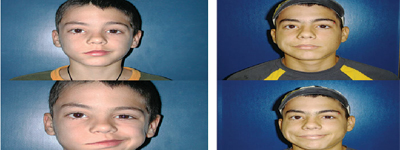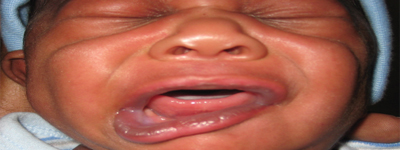
Ayurvedic Treatment for Paralysis mainly focuses on helping a paralysed person adapt to life by making them as independent as possible. Paralysis in Ayurveda is called as Pakshaghat which is one of the Vata vyadhis mentioned in the classical texts. Ayurvedic treatment for Paralysis consists of several types of massages that relax the muscles and stimulate nerves.
Paralysis is loss of muscle function for one or more muscles. Paralysis can be accompanied by a loss of feeling (sensory loss) in the affected area if there is sensory damage as well as motor. Paralysis can affect the entire body or a specific body part. When the whole body is affected it is known as complete Paralysis. When it affects a specific body part it is known as partial Paralysis. A facial Paralysis is one of the most common disabilities resulting from stroke and mainly affects one side of the face.
The main cause of Paralysis is the impairment of nerves in the spinal cord or brain. Stroke, head injury, spinal cord injury and multiple sclerosis are considered as the four most common causes of Paralysis. However, some more brain disorder, infections, or even environmental toxins can also cause Paralysis.
Paralysis impairs the muscle power and thus may result in total or partial immobility. Even if it is a partial Paralysis it has a significant effect on the other systems in the body. The common signs and symptoms of Paralysis include,
• Changes to circulation and respiration
• Bacterial infection
• Changes to muscles, joints, and bones
• Feelings of numbness or pain
• Muscle spasms
• Blood clots in the lower limbs
• Feelings of numbness or pain
• Disruption of the normal working of the tissues, glands, and organs


Paralysis can affect any body parts and impair body functions in several ways. As a result there are several types of Paralysis. However, based on the body region involved there are 4 main types of Paralysis.
• Overweight and obesity :Excessive weight in obesity puts too much stress and pressure on the knee joints during regular activities such as walking or standing
• Monoplegia : Monoplegia refers to the Paralysis of limb, most typically one limb. Cerebral palsy is the main cause of this Paralysis. However, it may also be caused due to stroke, tumour or brain injuries.
• Hemiplegia : Hemiplegia is a partial Paralysis and affects an arm and a leg on the same side of the body.
• Paraplegia : Paraplegia is a Paralysis of body parts below the waist. It usually affects both legs, hips. People who have Paralysis of lower body have difficulty with functions, such as sexuality and elimination.
• Quadriplegia : Quadriplegia indicates is Paralysis of body below the neck. This type of Paralysis affects all four limbs, and the torso. Spinal cord injuries occurring following a heavy velocity accident, falls or sports injury can cause this type of Paralysis.
According to Ayurveda the main line of treatment of Paralysis is normalizing the flow of Prana Vayu. This is done by following therapies and should be carried out in all stages of Paralysis depending on the general condition of the patient.
For the treaatment of Paralysis, full body massage in Ayurvedic which relaxes the muscles and nerves
In classical Ayurvedic test, Paralysis is one of the Vata vyadhis.It is used to correct the Vata Dosha is called Sneha Vasti Therapy.
The therapy in which we relax muscles and ligaments in the lower limbs is called Padabhyanga therapy.
When the massage is done with warm oil, this therapy is known as Pizichil Ayurvedic Treatment. It stimulates the nerves and muscles